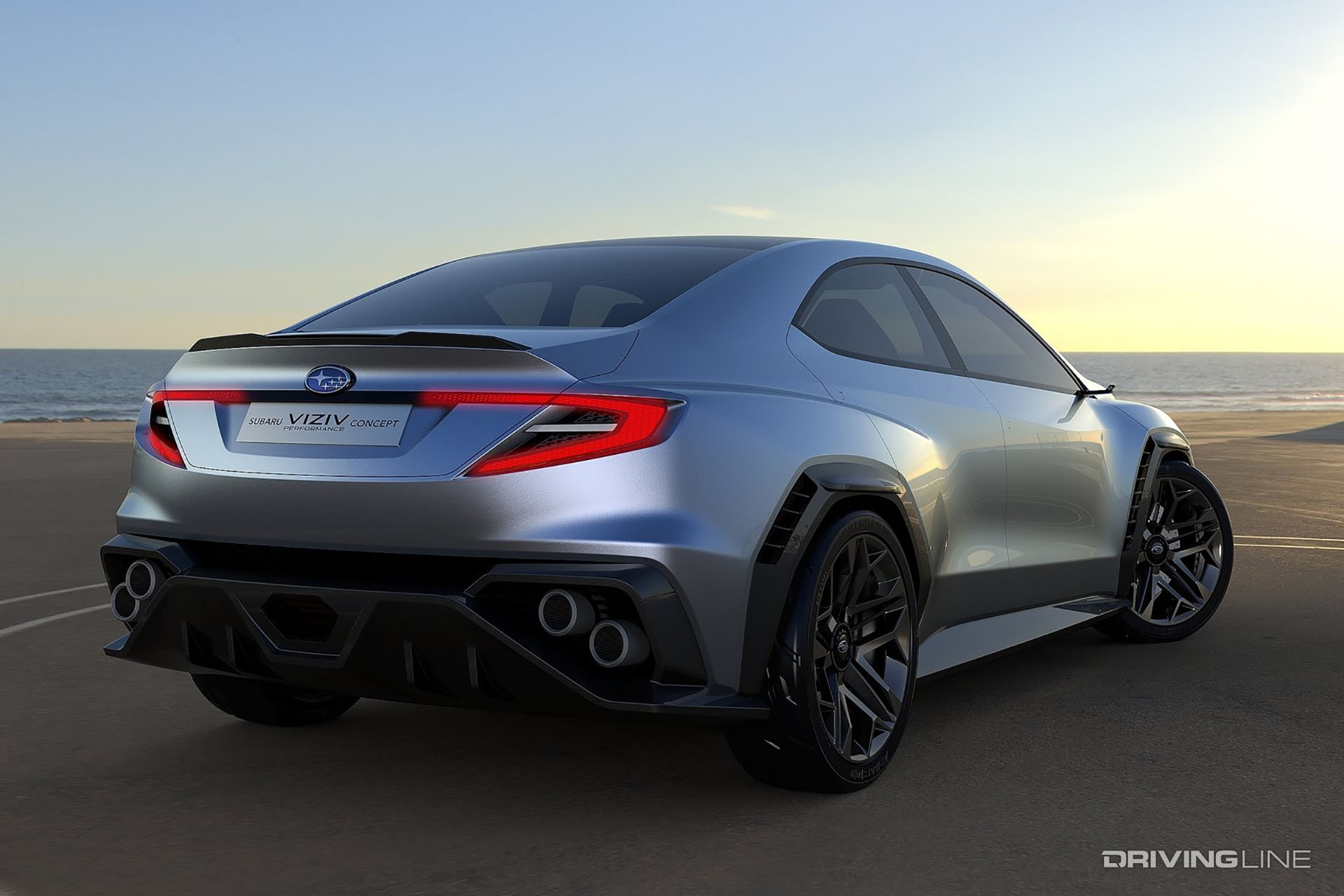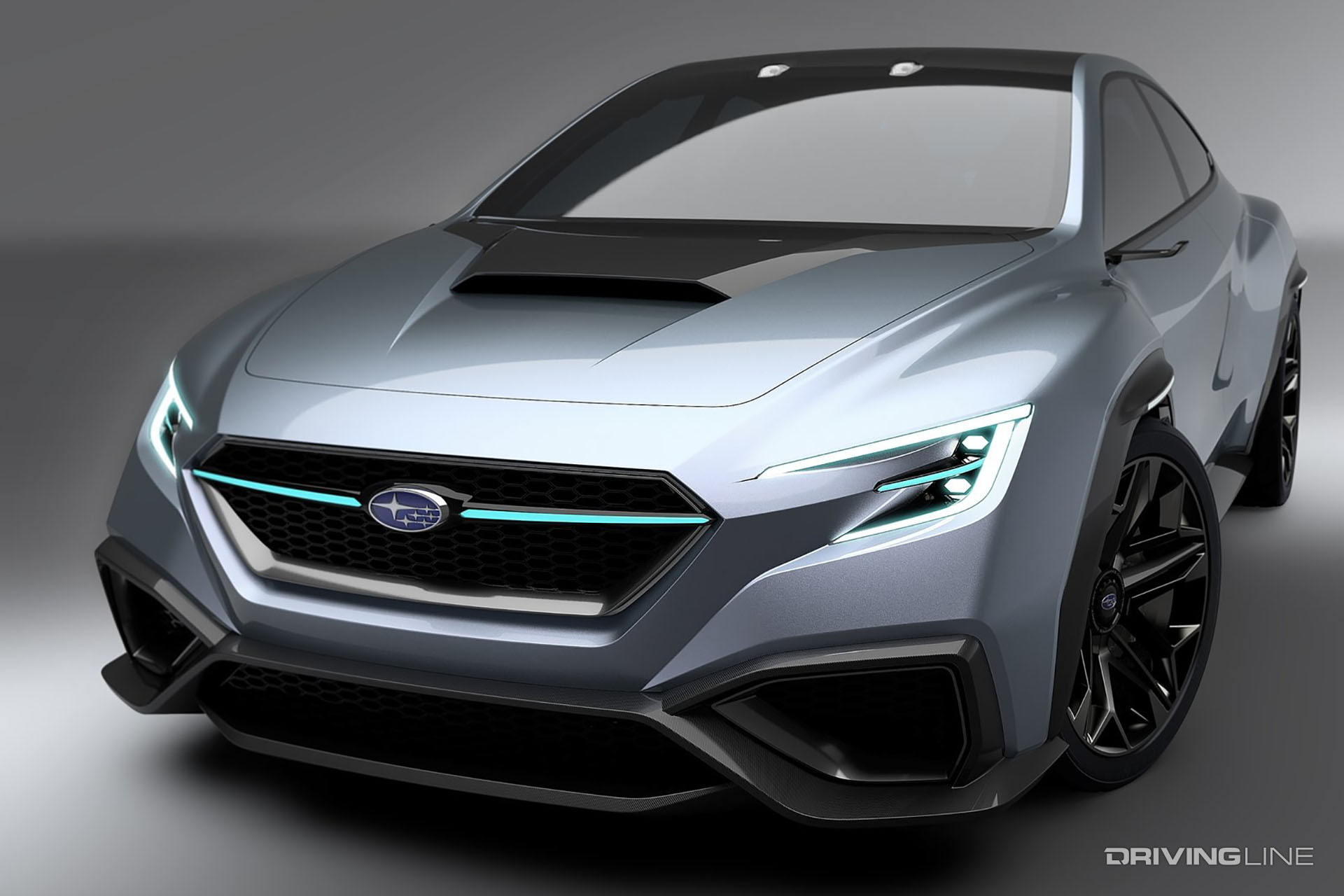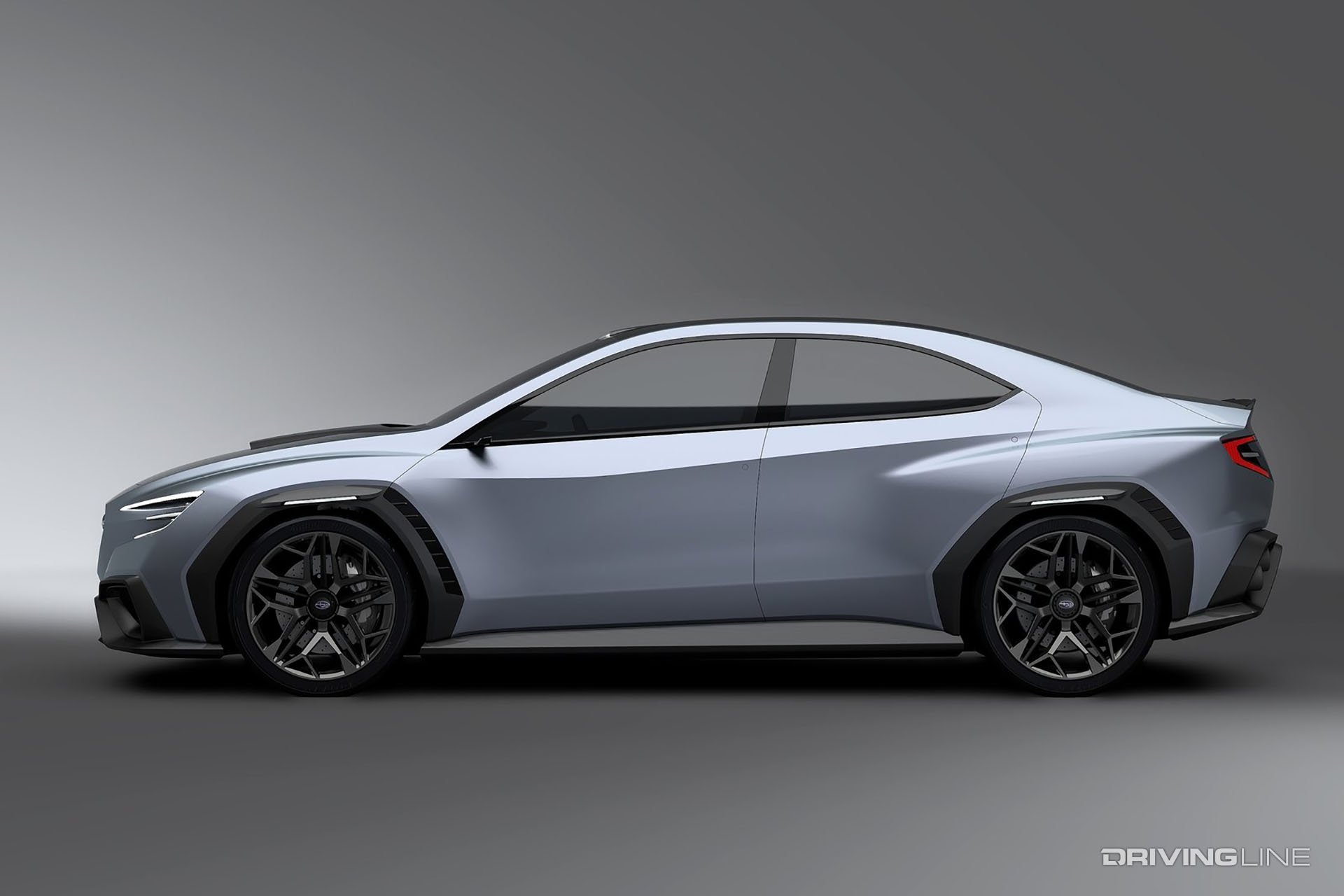You could feel the energy in the air as the sun broke over the mountains on a cold Saturday morning—it was time for the Ultra4 Racing Nitto Tire National Championship race in Reno, NV. Saturday morning started clear and cold as the sounds of engines firing up and teams making last minute repairs to the cars filled the air. The day promised exciting racing across every class, but all eyes were on the 4400 Unlimited Class with its battle between Wayland Campbell and Levi Shirley for the series Points Championship. With just 15 points separating them in the top two spots, it was anybody’s game heading into the final race of the year.
![Loren Healy ready for qualifying Ultra 4]()
The Wild West Motorsports Park in Sparks, Nevada, would once again host the final event of the year. Boasting the largest Ultra4 field ever in a non-King of the Hammers race, over 140 drivers took the field across various classes in the 2017 Ultra4 National Championship race. The course, similar to years past, would be set up to showcase both short course, rough terrain, elevation change, rocks and the crowd favorite rock garden right in front of the main grandstands. Spectators could see the entire course and every minute of action. For those not able to attend, Ultra4 once again had their high-quality live feed running on the web.
![Vaughn Gittin Jr flying over the rock garden]()
Less Than Half Get Past Qualifying
Teams arrived on Thursday for pre-running and registration, with Friday hosting a series of high-speed individual runs to determine Heat placement for Saturday. Qualifying did not guarantee you a starting position in the Main, but was instead used for sorting cars into 1 of 3 Heat races on Saturday morning. Those Heat races would determine who was moving on and who was going home. Saturday’s format would include 3 primary Heat races (6 laps each with 7 drivers moving on the to the Main), plus a Main B (6 laps with cars that didn’t qualify in the primary Heat with only 5 more cars moving on) and finally a Last Chance Qualifier, or LCQ, which was a 2-lap shootout format with only 2 more cars advancing. This process of elimination means that over half of the 4400 cars registered would not make the Main. With the pressure on, every lap mattered since track position is critical at this race.
![The qualifying lineup at Wild West Motorsports park]()
After the qualifying dust settled, there were familiar faces joined by a few surprises in the top 10. Jason Scherer (last year’s points National Champion) took the overall best time, followed by 3-time King Shannon Campbell, then veteran Jake Yoeman. These top 3 would have the pole in their respective Heat races. Cody Addington, Levi Shirley, and Randy Slawson would be next to them on the front row for their Heats. Wayland Campbell, in his quest for a National Championship, would be seated 15th and placed in a different Heat than Levi, setting up a potential clash in the Main if both drivers advanced.
![Wayland Campbell and Shannon Campbell during Qualifying]()
The Underclassmen drivers (4600 Stock, 4500 Modified, and 4800 Legends) would also run qualifying Heats, but all drivers would move forward to the Main as Heat results would simply result in Main race starting position. Justin Hall took the pole for 4500 Modified, Albert Contreras for 4600 Stock, and Kent Fults for 4800 Legends. More on the Underclassmen races in our Underclassmen race recap!
![Underslassmen qualifying]()
Advancing Through the 4400 Heat Races
In the Heat races, you’re not just racing against the other drivers, but against the clock. The top 7 of each Heat advance, but the seating for the Main is based on time, so there is incentive for every driver in every Heat to push themselves, even if they are out front. This set the stage for some great racing, but also for heartbreak as teams pushing for the Main damaged their cars too badly to qualify. It’s a fine line to walk between prudence and performance, and that’s part of what makes this format so exciting. While not an “endurance race” like KOH, it’s certainly an “endurance day” as you push your car to the limit with very little time between Heats for any major repair.
![Shannon and Wayland battling down the rock face]()
Heat 1 featured Jason Scherer and Cody Addington on the front row, with a hungry group of drivers (including Loren Healey and Derek West) behind them, ready to take advantage of any mistakes made by the leaders.
![Derek West charging the rock garden]()
Heat 2 was an insanely stacked one with Shannon Campbell, Levi Shirley, Tom Wayes, Jason Shipman, Erik Miller, Andrew McLaughlin and Clay Gilstrap all in the same Heat—all either former Kings or Top 10 series points finishers from last year.
![Heat 2 of preliminary rounds]()
Heat 3 was led by Jake Yoeman on the pole, right next to 2-time King Randy Slawson, while Wayland Campbell and Josh Blyler joined the pack as well. Scherer won Heat 1 and, with a time that would hold all morning, claimed the overall pole position in the Main.
![Randy Slawson climbing the hill]()
While every driver was pushing hard, an emotional focus was on Bailey Campbell and her co-driver Terry Madden. The car had lost brakes early in the run, during Heat 1, but Bailey and Terry were able to have some control using their cutting brakes. Coming down the big downhill section, even those brakes gave out and the car took one of the most terrifying tumbles we’ve seen in Ultra4. Coming to a rest in a gully, emergency crews rushed to check on the drivers. Racing is inherently dangerous, but Ultra4 puts a heavy emphasis on safety—both on equipment and build regulations. The cage held up and the harnesses and helmets did their job, but Bailey was badly shaken and Terry was taken to a nearby hospital for examination with a back injury. Terry was later released by his doctor for travel, but will need some follow up care. In an ironic twist of fate, the hospital Terry was taken to was the same hospital that he and several other Ultra4 drivers had visited only a few days before, bringing smiles and some excitement to kids hospitalized there. We wish Terry a speedy recovery and are grateful that the accident wasn’t any worse than it was.
![Bailey Campbell and Terry Madden prior to their rollover]()
Main B would be a madhouse event with Jason Shipman and Andrew McLaughlin, both of whom finished outside the top 7 in their Heats, moving forward as a part of the top 5, joining the 21 drivers who had already qualified earlier in the day.
![Jeremy Ealand making his way through the Nitto Rock Garden]()
Jason Scherer had the main pole position for the Main, with Wayland Campbell, Levi Shirley, Loren Healy, Derek West and a host of other top talent raging for the big race—the field was set to see Wayland and Levi battle it out for the Championship.
![The Ultra4 440 class battling up the hill climb]()
The 4400 Main Brings It
As the green flag dropped, drivers hammered their cars through the rock garden to try and get clean air. Leaders were already past the rocks before the back of the field was even hitting the section, spreading the field out from the start. Racing through the short course and up the huge elevation change, horsepower started winning out and separation started prior to the final downhill rock section, with racers crossing the rocks one more time prior to taking the flag. Coming off the line, Jason Scherer took the lead and never looked back for this 12-lap Main.
![Jason Scherer flying into victory]()
Lap after lap, Jason smoothly laid down a line that showed both the ability of his car and his excellence as a driver. Loren Healy and Shannon Campbell pushed Jason from the beginning. Five laps in, Loren’s bead lock came off his tire and he had to pit, putting him deep into the field. Shannon suffered mechanical failure, causing him to also fall off lead pace, providing Jason with 7 laps to extend his lead. Leading from flag to flag, Jason took the checkers and in front of his family and hometown crowd, celebrated the National Championship race victory with enthusiasm and verve, having run a flawless race against the best Ultra4 had to offer.
![Loren Healy breaking through the rocks with only 3 tires]()
While Jason was running away with the race, Levi Shirley and Wayland Campbell continued the battle they had been having all season. Levi would open up a lead and Wayland would close it. Wayland would get too close, and Levi would run off. Working through dust, lap traffic, freak darkness to cloud cover and race course obstacles, the two showed why they were the top two points winners for the 2017 season. The margin to win the National Championship was only two car’s finishes worth of points. Levi had to not only beat Wayland, but he had to do so with at least two cars between them in order to get ahead. Knowing this, Wayland matched Levi lap for lap and the two finished 2nd and 3rd with only 10 seconds separating them.
![Levi Shirley coming down the rock section]()
A fitting end to a closely matched season. Wayland Campbell finished 3rd and in doing so, won the 2017 Ultra4 National Points Championship! Congratulations Wayland and thank you both for such an exciting season of racing!
![Wayland Campbell finishing 3rd]()
After getting a new tire and wheel on the Red Dragon, Loren Healy showed why he’s the winningest driver in Ultra4 history. Being shuffled back to 16th place, he started charging through the field with only 7 laps to go. Man and machine rode a force of will that quickly brought him up through a talented field and within a half lap of Jason’s lead. With a few more laps remaining, the race might have had a different outcome. As it was, the clock and the laps that ran out on Loren. He crossed the line in 4th place, only 30 seconds off the podium, completing an insane comeback.
![Loren Healy making up time very quickly]()
Tom Wayes, along with a pair of 2-time Kings, Randy Slawson and Erik Miller, crossed the line shortly after Loren—taking 5th through 7th, respectively.
![Tom Wayes charging across the rock garden]()
Erik, having sold this season’s car, wasn’t originally planning on racing this event, thus sacrificing his top 3 standing in National Points. In an incredible show of sportsmanship and class, George Schooley (Legacy Racing) called up Erik a week ago and said “race your old car.” So, Erik once again put the car in the Top 10 at Nationals! Amazing stories like this are a hallmark of Ultra4.
![Erik Miller leading the pack down the rock hill]()
Andrew McLaughlin was the only other driver to finish on the lead lap, coming in 8th. Less than 2 and half minutes separated all of the lead lap cars after 12 harrowing laps of intense Ultra4 action. Just like that, the dust had settled, the cars were quiet and the season was finished… time to party!
![The field clearing off the track]()
Awards and Celebration for the Best Ultra4 Season Yet
After the race, the Ultra4 family reconvened back at the Nugget Hotel in Reno for the annual Ultra4 Racing Awards Banquet. While some were already talking about next year’s King of the Hammers, it was time to reflect on the season and honor the hard work of all the teams, crews and families that had made the 2017 season the best season yet. Jason Scherer had to leave to be with family, which is really what the Ultra4 lifestyle is about. His brother, 2017 Ultra4 Racing Rookie of the Year, Casey Scherer, had become a father for the first time that morning. Jason and family left the track and went to hospital to celebrate the arrival of next generation of Scherer family racing. Congratulations once again to Jason for winning the National Championship race. (If you are playing along at home, we are now up to 6 “family” references in this article… drink.)
![Jason Scherer and Wayland Campbell]()
After thousands of miles on the track and tens of thousands of miles off the track, the 2017 season was over and Wayland Campbell is your 2017 National Points Champion! Starting the year with a physical first at KOH, then winning his first Ultra4 race at the Texas 250, Wayland went on to finish 1st or 2nd in every race this year, except Fallon. Read about the races you missed here.
![The 4400 Nationals podium]()
Levi Shirley also had an amazing season, taking checkered flags at the Stampede and the Badlands, and finishing the year 2nd in Nationals Points, his first year as a full-time driver. Congratulations to Levi, another 2nd generation Ultra4 racer, who is pushing the sport beyond its boundaries. Consistent, gracious and FAST, the future battles between Levi and the rest of the Ultra4 field promise to be just as exciting.
![Levi Shirley placed 2nd]()
The loaner car from George Schooley paid off, as Erik Miller’s Nationals finish helped earn him 3rd place in National Points. Congratulations to Erik for another fantastic year of slinging dirt and showing the IFS crowd that straight axles matter and straight axles win. Erik started the year in a Miller Motorsport Chassis he built just 3 weeks prior to the King of the Hammers—he finished in the top 10 at KOH with that car and successfully raced it all season long.
![Erik Miller in the loaner car, finished with a 3rd place overall]()
The Final Top 10 Ultra4 2017 Series Championship order:
- Wayland Campbell
- Levi Shirley
- Erik Miller
- Josh Blyler
- Dustin Isenhour
- Darrell Gray
- Randy Slawson
- Raul Gomez
- Keenan Leatherwood
- Doug Jackson
![Derek West flexing it out over the rocks]()
This year’s Top 10 saw some new names on the leaderboard, but not new names to the sport, with some long-time racers earning their way to the top through grit and determination. With the growth of the East series races and the dedication of teams to race both series, opportunities to stand on the stage at the awards ceremony abound. Congratulations to all the racers, teams, and families for a successful year. Thank you to Wayland and Levi for making this year’s season a nail-biter right up to the end. We’ll see you on the Lakebed!
![Loren Healy leaving drivers in the dust]() Photo credits include Alan Johnson, Kyle Wells, Shana Whitford and Matt Moghaddam.
Photo credits include Alan Johnson, Kyle Wells, Shana Whitford and Matt Moghaddam.
Look for more coverage of the Underclassmen racers coming your way soon.

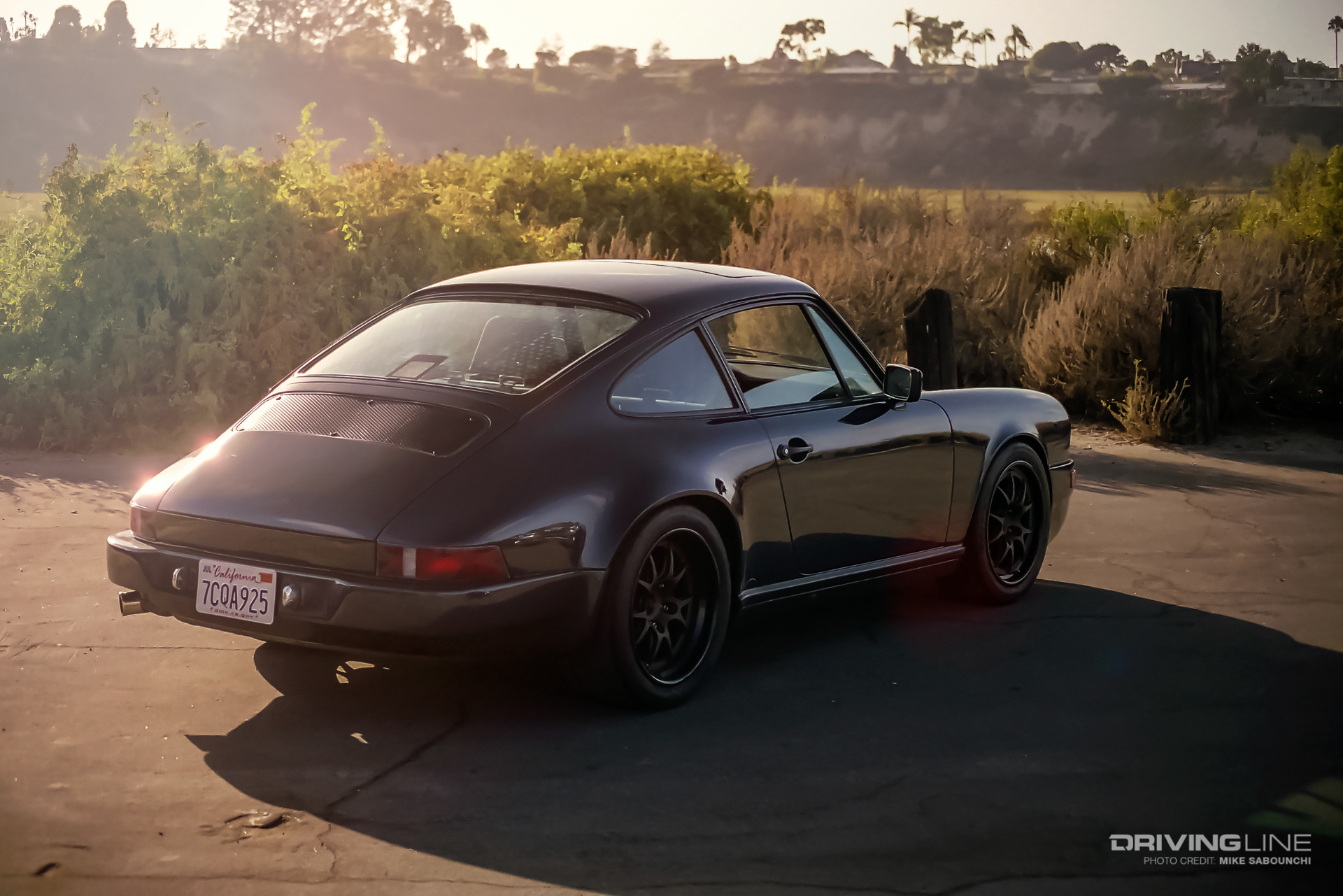


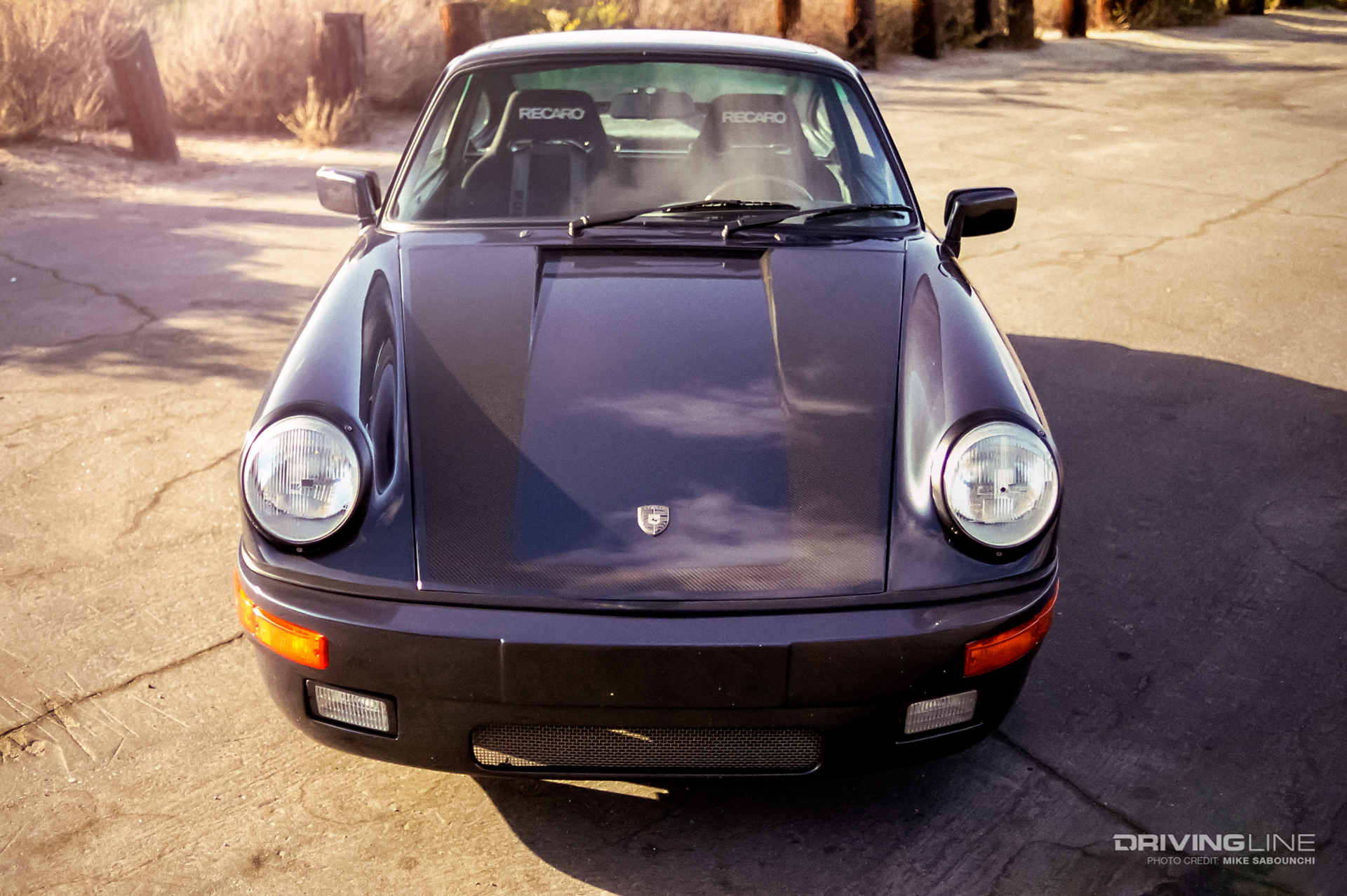


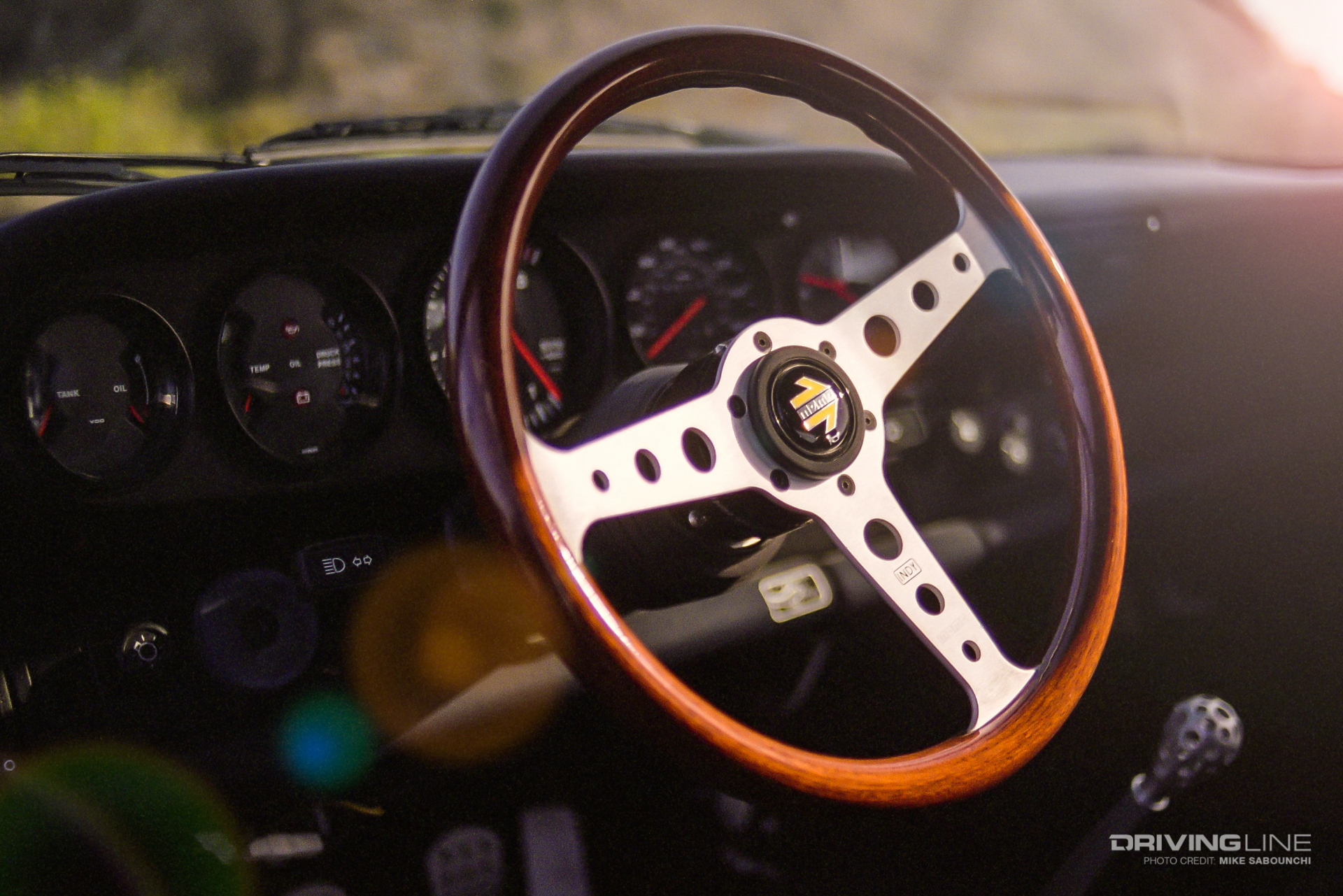

 All photos shot on film by Mike Sabounchi
All photos shot on film by Mike Sabounchi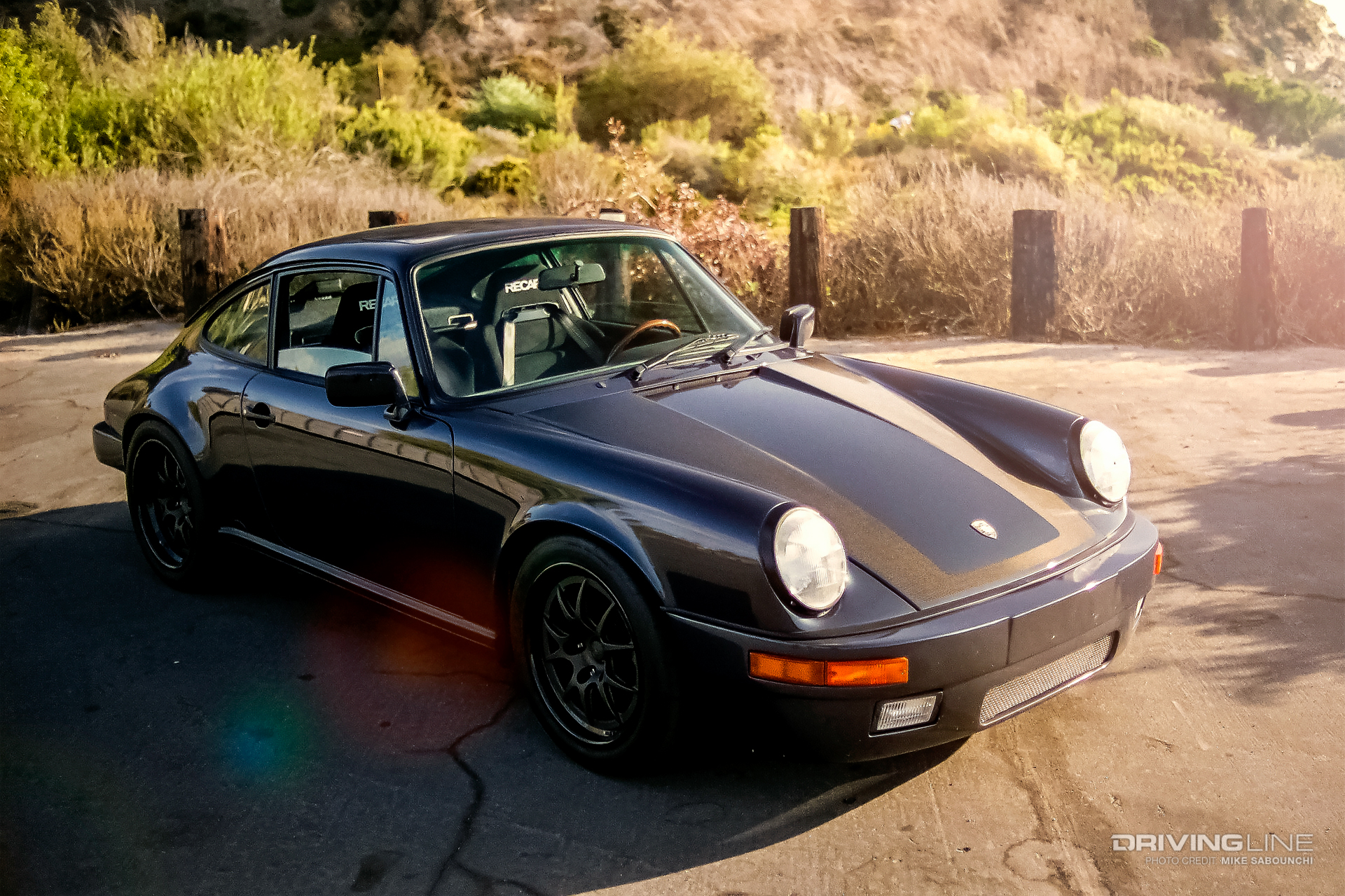



 All photos (shot on film) by Mike Sabounchi
All photos (shot on film) by Mike Sabounchi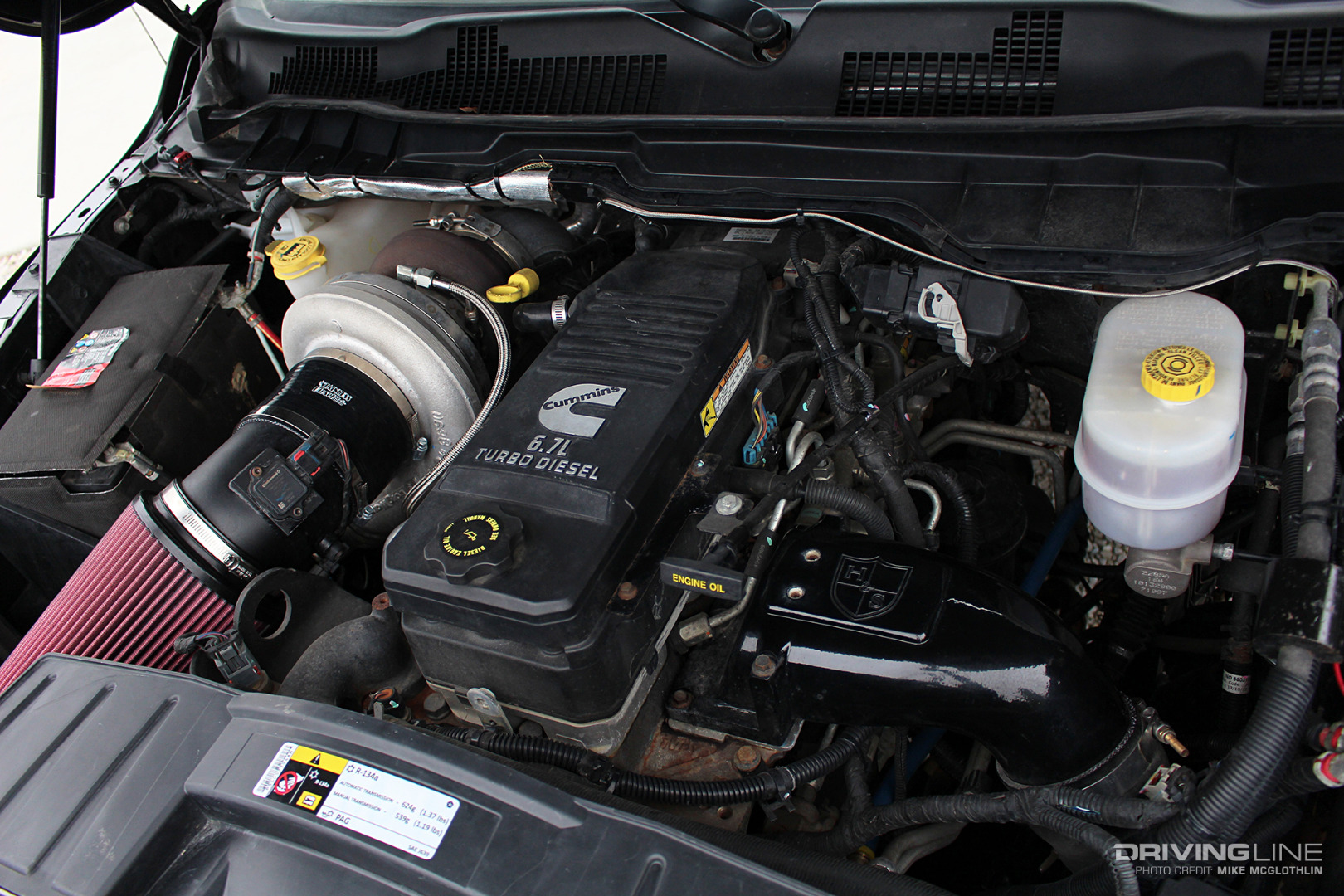














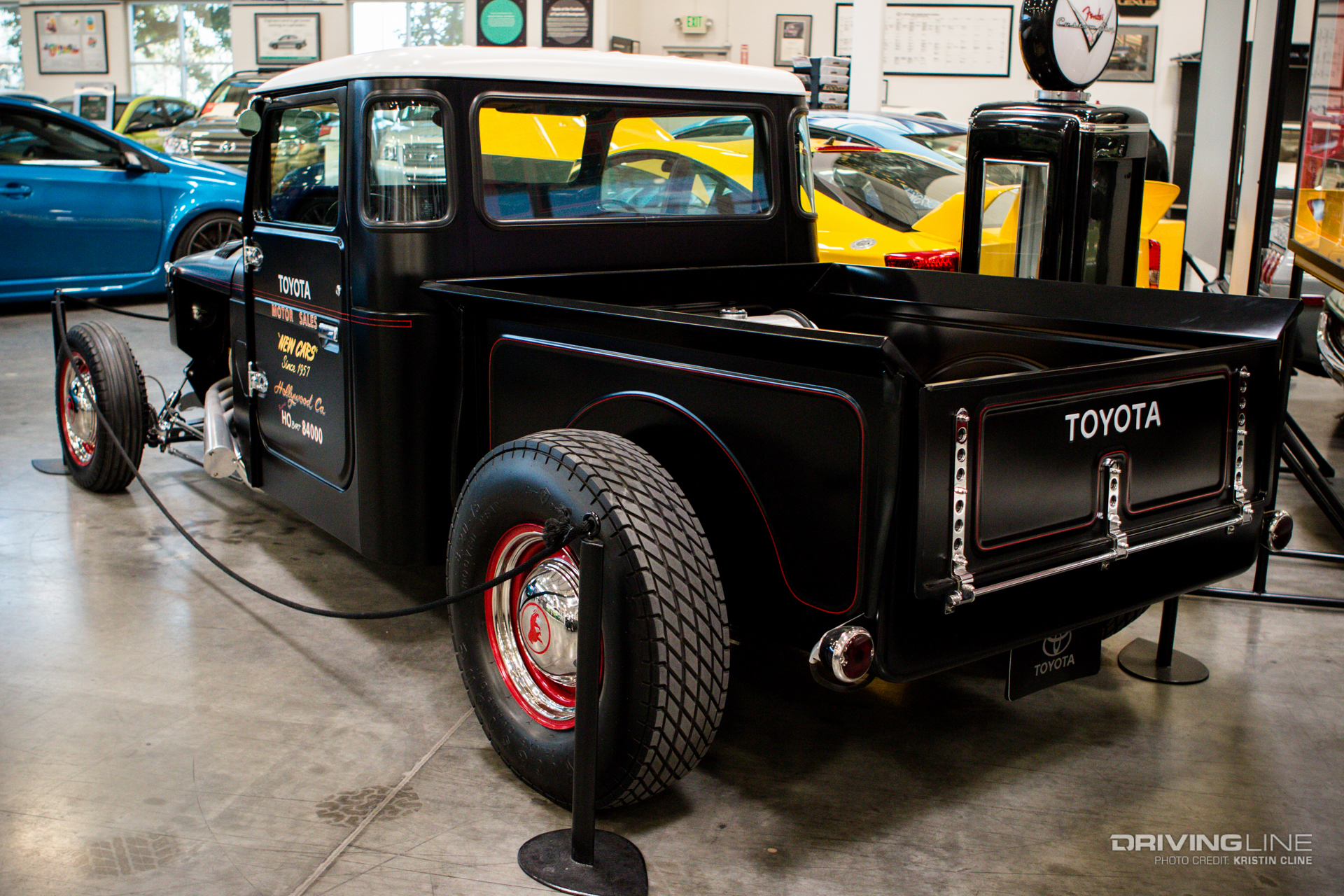








































 Unless otherwise noted, photos courtesy of Petersen Automotive Museum.
Unless otherwise noted, photos courtesy of Petersen Automotive Museum.


































































 Photo credits include Alan Johnson, Kyle Wells, Shana Whitford and Matt Moghaddam.
Photo credits include Alan Johnson, Kyle Wells, Shana Whitford and Matt Moghaddam.









